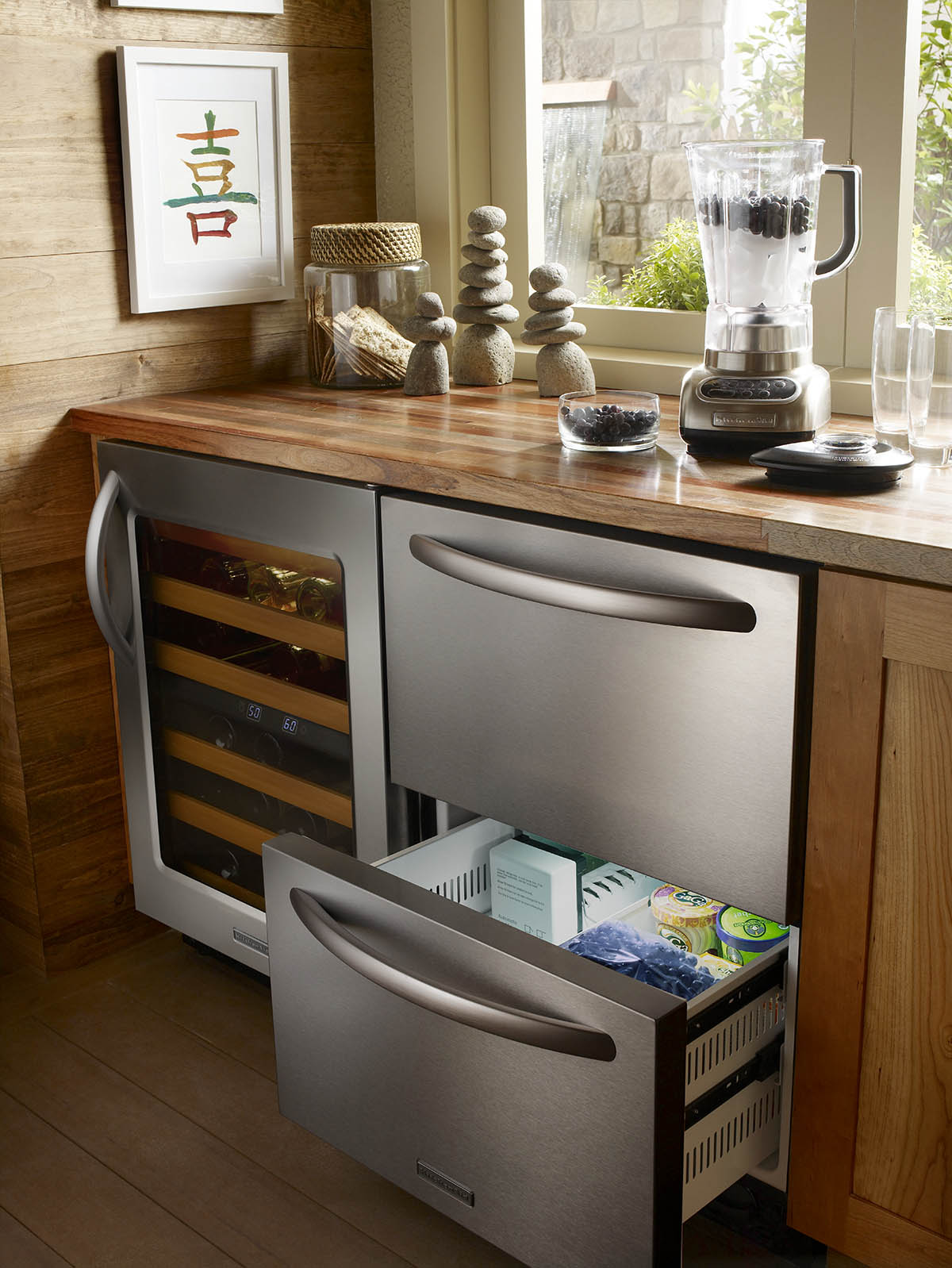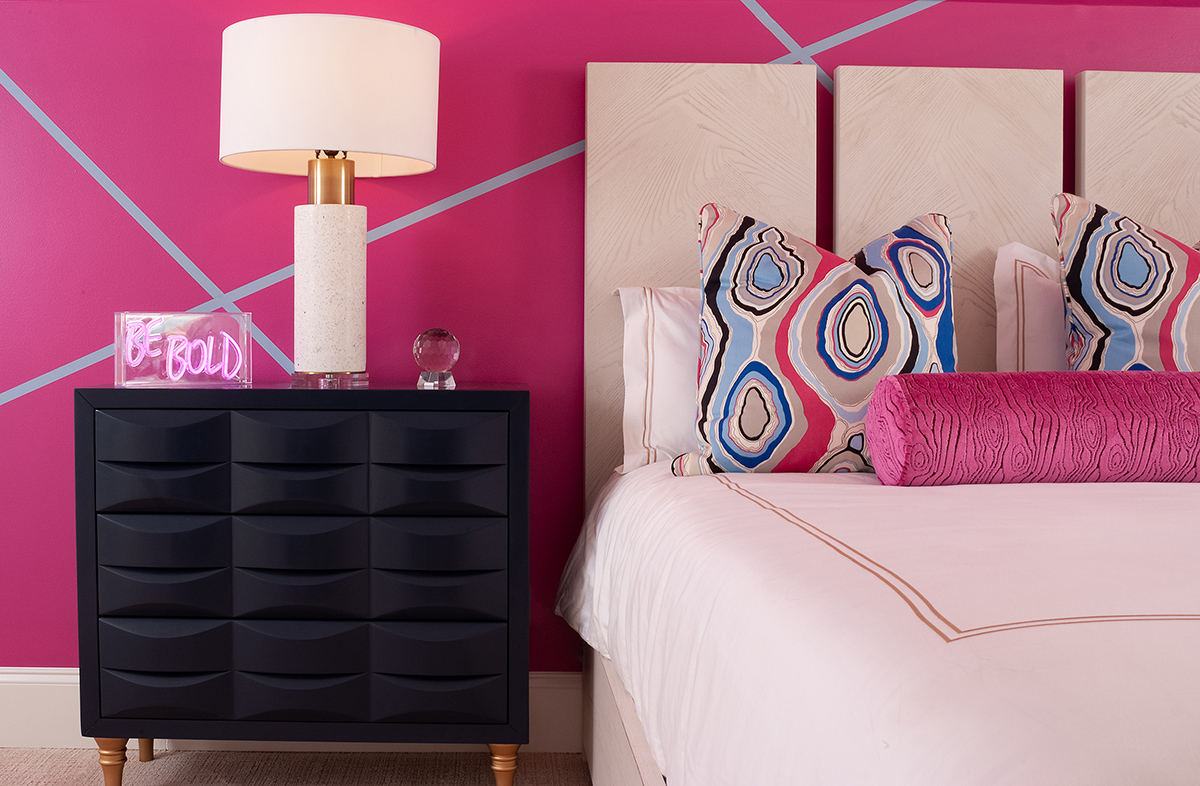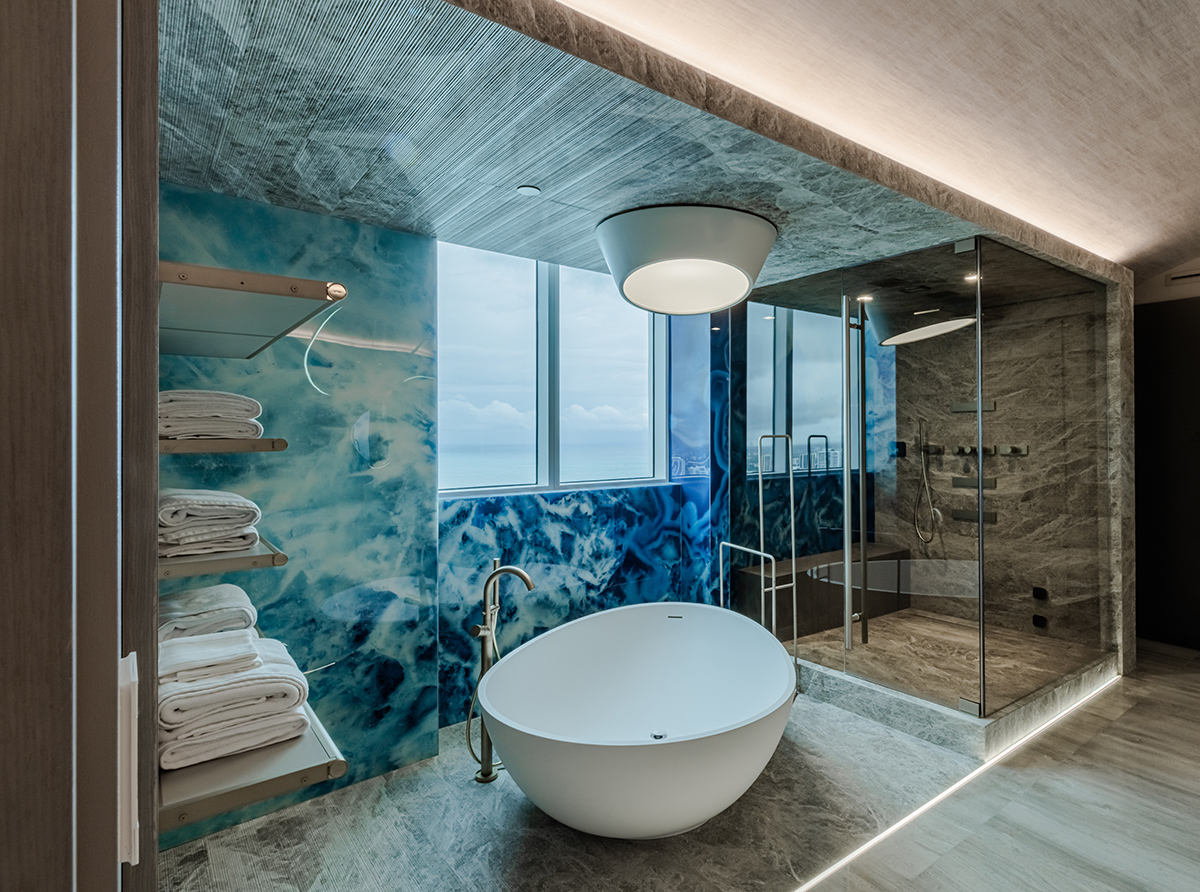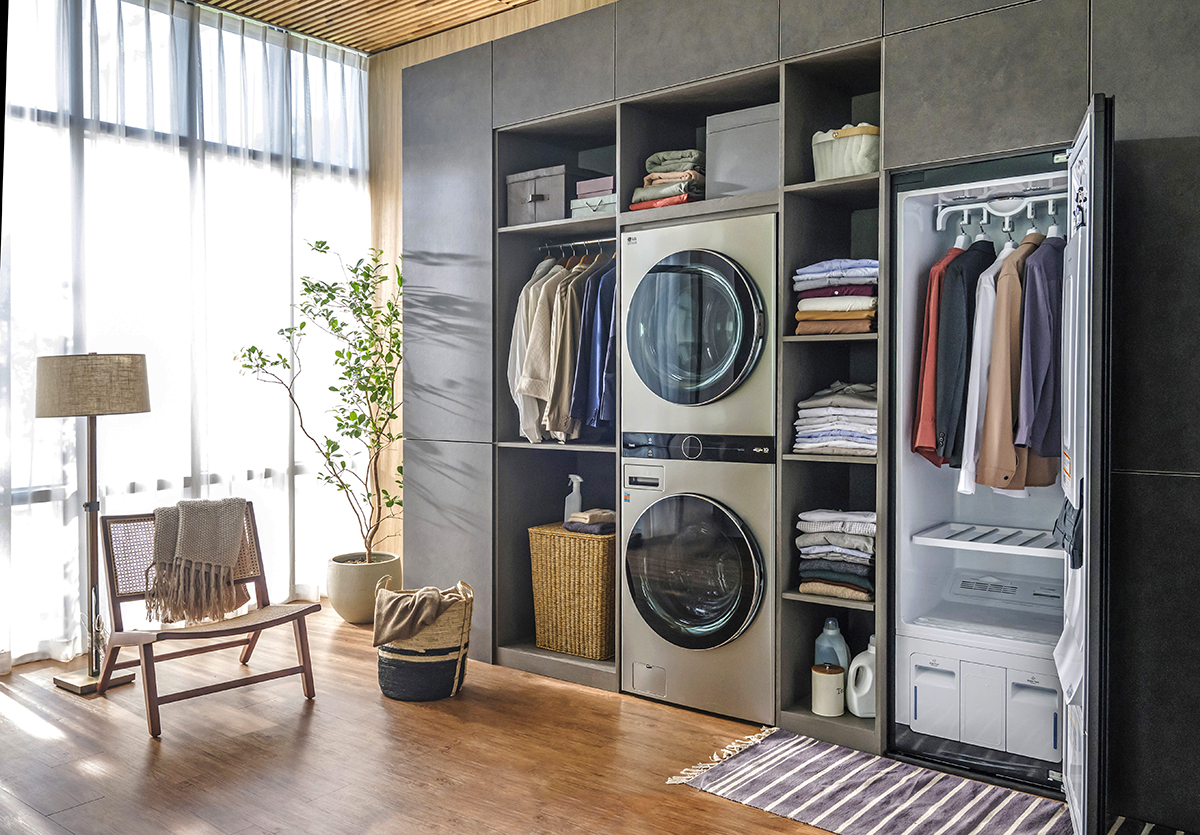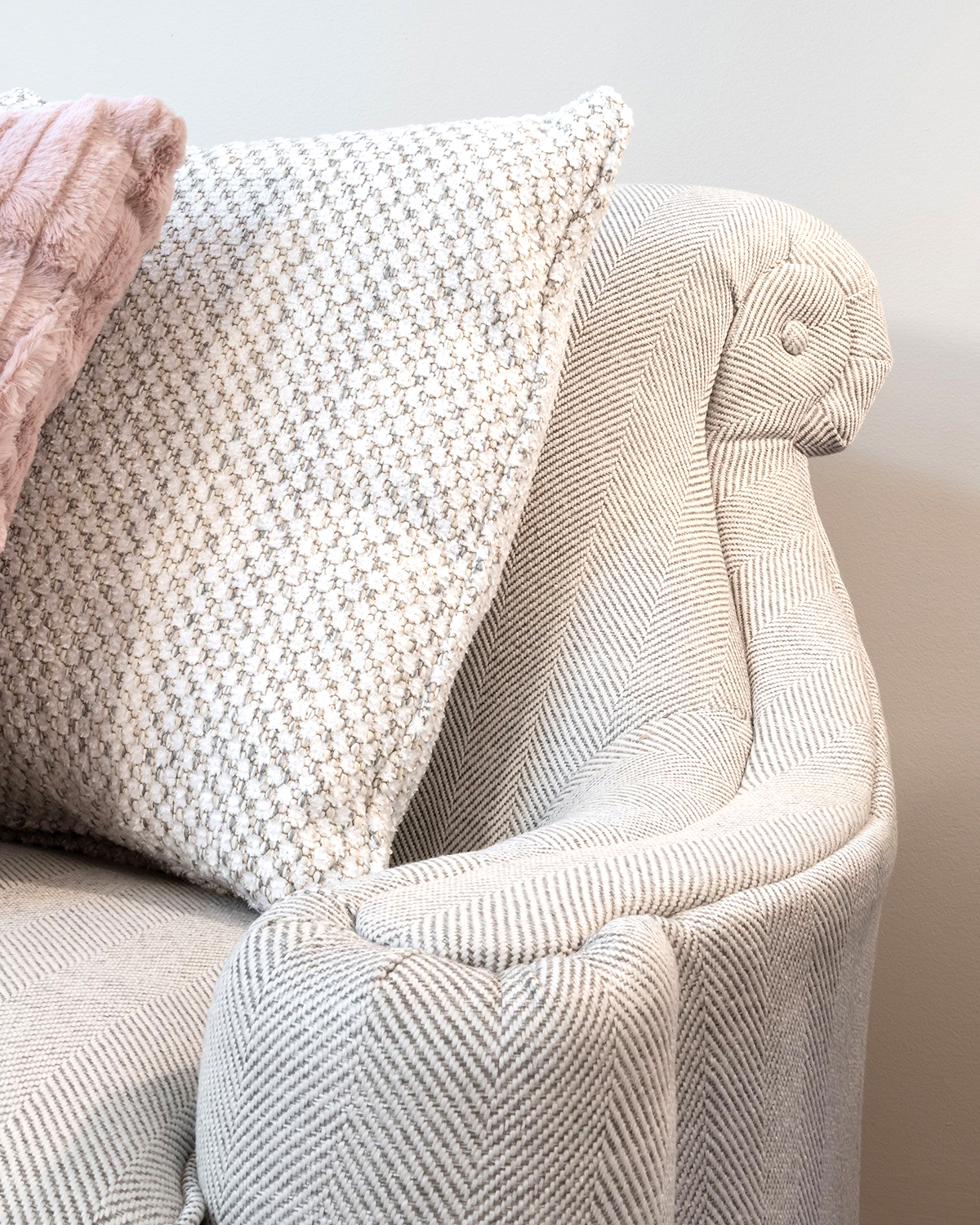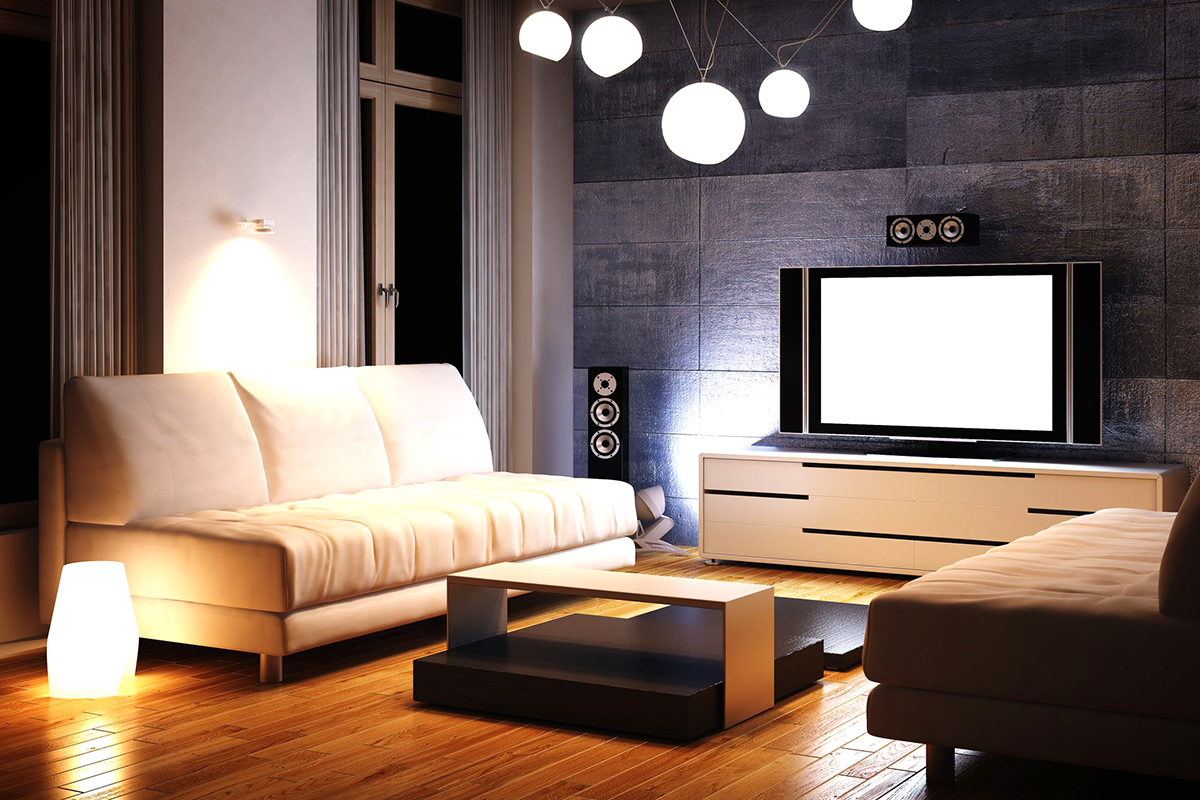WRITER | LIZ JERORE
“Do I need a bar stool, or do I need a counter stool?” “If there’s a difference, what is it?!” You are not alone if you, too, are uncertain.
Consumers sometimes think that their bar was built too high when, in fact, it’s actually the counter stools that are too short. To help you avoid this pitfall, we have compiled basic information to help guide you in your quest for the perfect stool.
Useful info: The height from the floor to the top surface of a dining table is typically 30 inches, or approximately 6 inches lower than your kitchen countertops. The top surface of a “snack counter” is typically 36 inches high and is generally an extension of the kitchen countertops. A “snack bar” top is typically 42 inches high and is usually a second level raised 6 inches higher than the kitchen countertops. Of course, there are variables, but these are very common dimensions.
Proper seat height: A normal dining table requires a seat that is 18 inches tall. A snack counter will require a 24-inch seat height. A bar requires a seat that is 30 inches tall. These are the dimensions from floor to seat, not to the top of the chairback.
Tip: There is a segment of the furniture industry that does not distinguish between “counter stools” and “bar stools.” Just as we may refer to any brand of facial tissue as “Kleenex®,” furniture sources may call any taller stool a “bar stool.” Be sure to refer to the actual dimensions when shopping for new stools.
Back or No Back? Consider both your style and functional needs. Generally, counter stools are more comfortable with backs, as people are more inclined to sit upright. With higher bar stools, people tend to lean forward onto the counter and don’t use the back as much. If you wish to keep an “open” feeling, opt for no backs. Modern rooms tend to have uncomplicated backless or very short-backed stool designs. Traditional rooms tend to have more ornate detailing, such as carved wood slats or upholstery with nailhead trim.
Swivel or Not? This is entirely up to your preference, but there are a few things to consider. Swivel stools with backs often suffer damage from banging into the countertop. Backless swivel stools fare much better. Both will tempt children of all ages either to sit and spin or to stand and twirl the bar stool. Food for thought!
What material is best? When it comes to maintenance and ease of cleaning, there are several points to consider. Materials such as wood, leather, and metal wipe down easily. If you crave an interesting pattern and mix of color, there are many fabrics with a high polyester content that are very durable and clean easily. When choosing a fabric, inquire about the cleaning codes. A “WS” code indicates you may clean the fabric with both solvent and water-based cleaning methods. Remember, if you have removable upholstered seats and a staple gun, it’s easy to recover your stools when needed! A single yard of fabric will often cover two seats.
Front and Center: Whether your kitchen has an island or a peninsula, you have a perfect opportunity to create a unique focal point for this room. Consider your stools as little art pieces to enhance your “heart of the home.” Add brightly colored milking stools to a charming vintage kitchen, funky industrial metal and reclaimed wood to an eclectic kitchen, or an accent color to a modern room. Dare to make a fresh personal style statement – the only rule is that your stools stand at the proper height for your counter!



